As technology evolves and fast fashion continues to rise, buying has never been so easy. Online shopping has made spending effortless, one click and the top you didn’t know you needed is yours. But, how long till that top ends up shoved to the bottom of your wardrobe, or thrown away? Clothing industries, which previously had only seasonal ranges, are now producing clothes every day, creating a continuous cycle of buying, and discarding. We’re promised that buying will make us a happier, but is this why nothing feels special anymore?
According to Deloitte Insights, 70% of teenagers are influenced by social media. Addictive platforms like TikTok and Instagram play a significant role in shaping consumer behavior. The ever expanding digital marketing targets young people’s high media consumption and the importance placed on keeping up with trends.
Psychologists working in advertising apply psychological principles to influence our consumer behavior online. Media marketing companies also capitalise on insecurities, making unrealistic promises, like how a new contour stick will give you flawless cheekbones or that a concealer will make all your acne disappear. Councilor Anastasia Wiest, a Manchester member of Green Party, states: “People buy into this idea that if I live this certain life, and if I have these certain products, I’m a successful person”. She added: “It ties into the patriarchy to try and control how people look and creates unattainable beauty standards.” These unattainable beauty standards keep consumers hooked, forever striving for impossible perfection.
According to the BBC, in the UK we buy 60% more clothes than 15 years ago but keep items for half as long. Consumerism drives a sizable part of the world’s pollution, especially in the world of fast fashion. Wiest describes: “most clothes are made of synthetic material which will not biodegrade.” These materials: “create a lot of methane which has a much higher warming capacity than carbon dioxide, therefore it is worse for the planet.” We can also see waste in the electronics industry. According to Statista, in 2024 the UK generated approximately 1.6 million tonnes of electronic waste. To get the minerals and metals to be put into our phones and computers, forests must be clear-cut, destroying natural habitats. For example, the Democratic Republic of the Congo alone produces 40% of the worlds Coltan. The mining sectors here are also notorious for labour exploitation, including child labour and unsafe working environments.
Global consumption of goods is expected to double by 2050, according to the 2019 United Nations report, due to population growth, urbanisation, and rising incomes. When you see people repeatedly ‘refreshing’ their wardrobe to make space for clothes, they’re contributing to textile waste that ends up in landfills. Fast fashion is responsible for about 10% of our global carbon emissions and, as Wiest puts it, these emissions will: “cause problems with our global food supply chains, so a lot of areas will become inhabitable, causing mass migration”. The 2012 book ‘Spillover’ by David Quammen describes that he believes the next pandemic will be a corona virus due to a spillover event from people being so desperate for food that they eat a wild animal.
However, it’s also important to note that consumption plays a huge part in economic growth and creates jobs. It allows people’s creativity, entrepreneurialism, and self-employment, creating many career paths. Yet, while this point is valid, it’s still important to see the detrimental effects consumerism has on society and the environment.
To tackle these concerns, it’s essential to shift towards more sustainable consumption choices, such as buying clothes from thrift shops or second-hand sites like Vinted and re-wearing clothes and re-using technology instead of replacing them with the next new thing. By making small but impactful changes we can all collectively take a step forward to a more sustainable future.


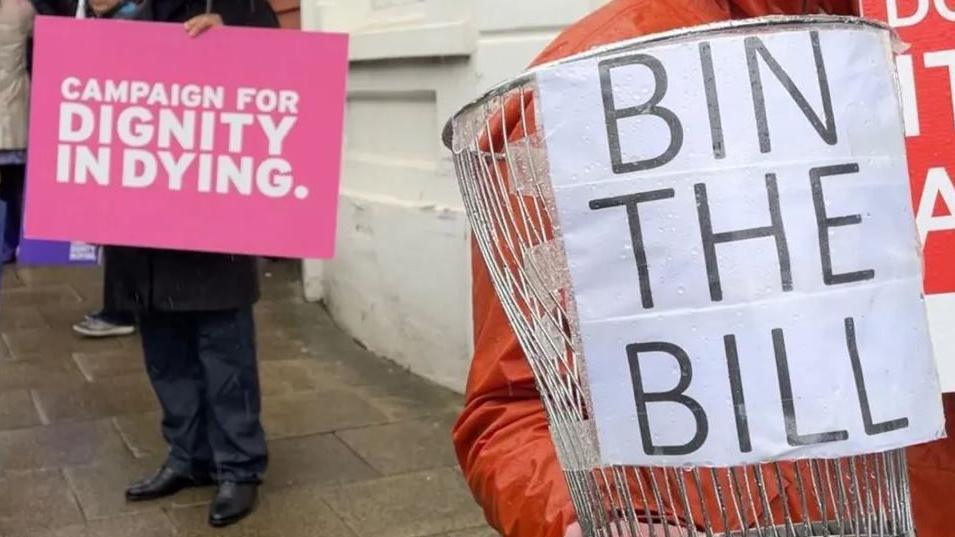

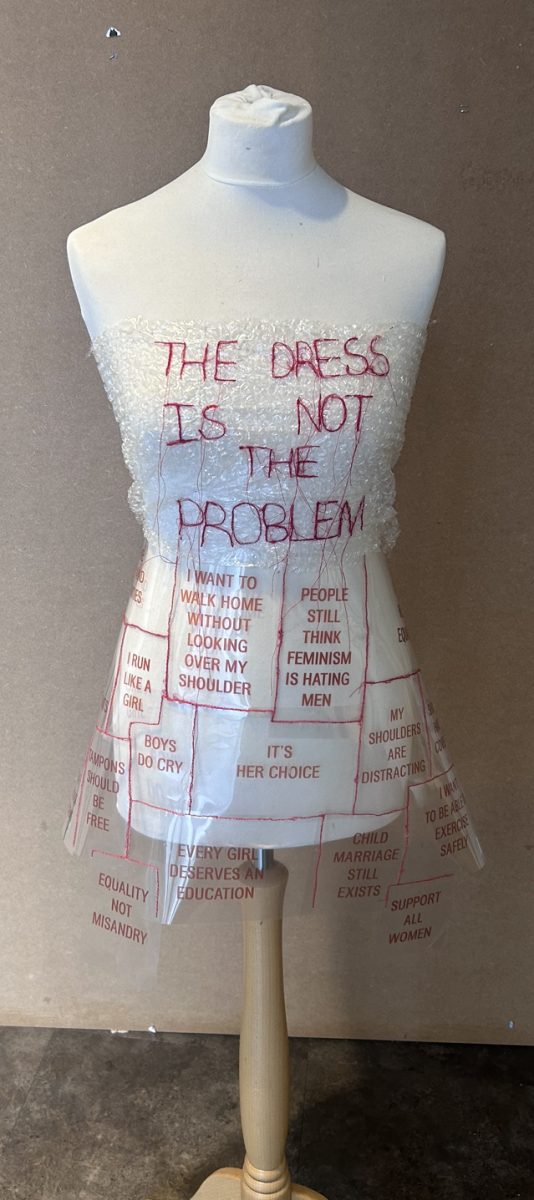

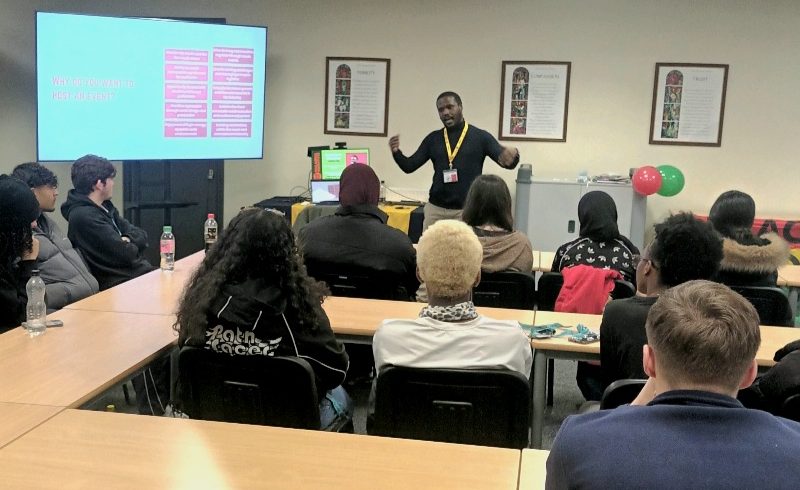





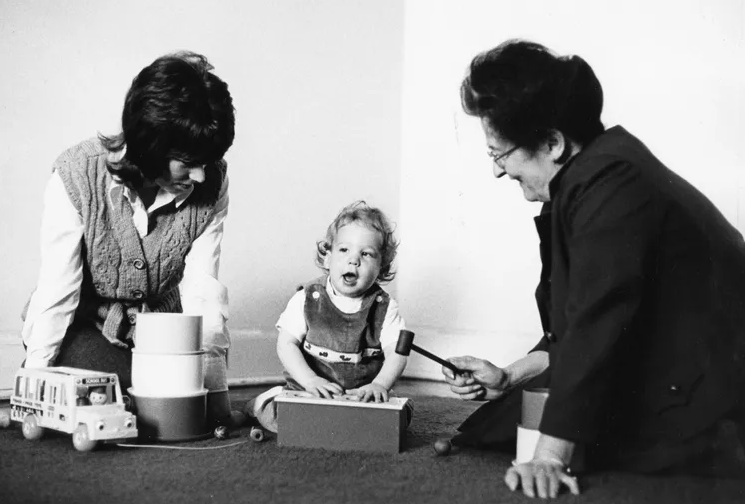




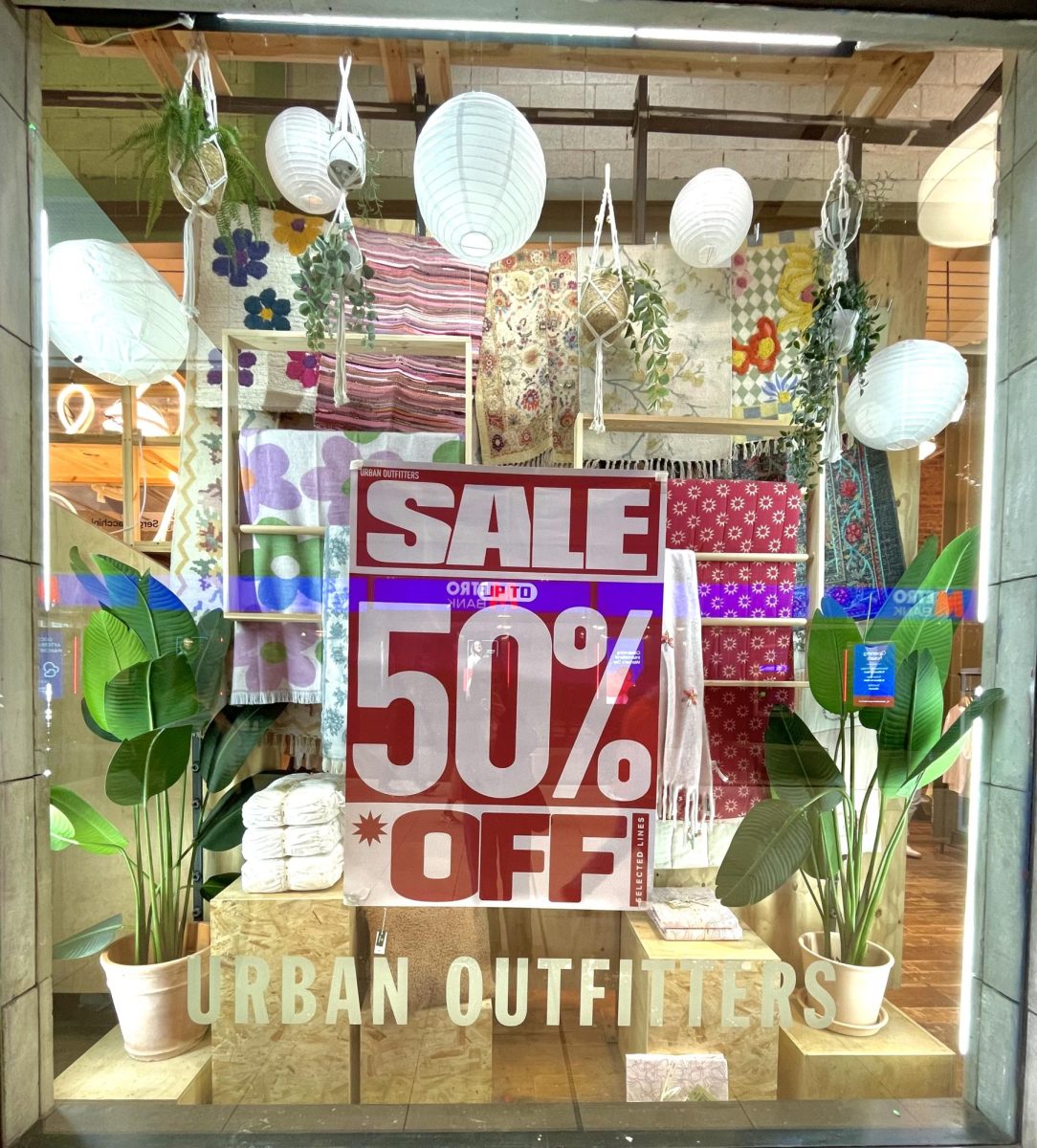



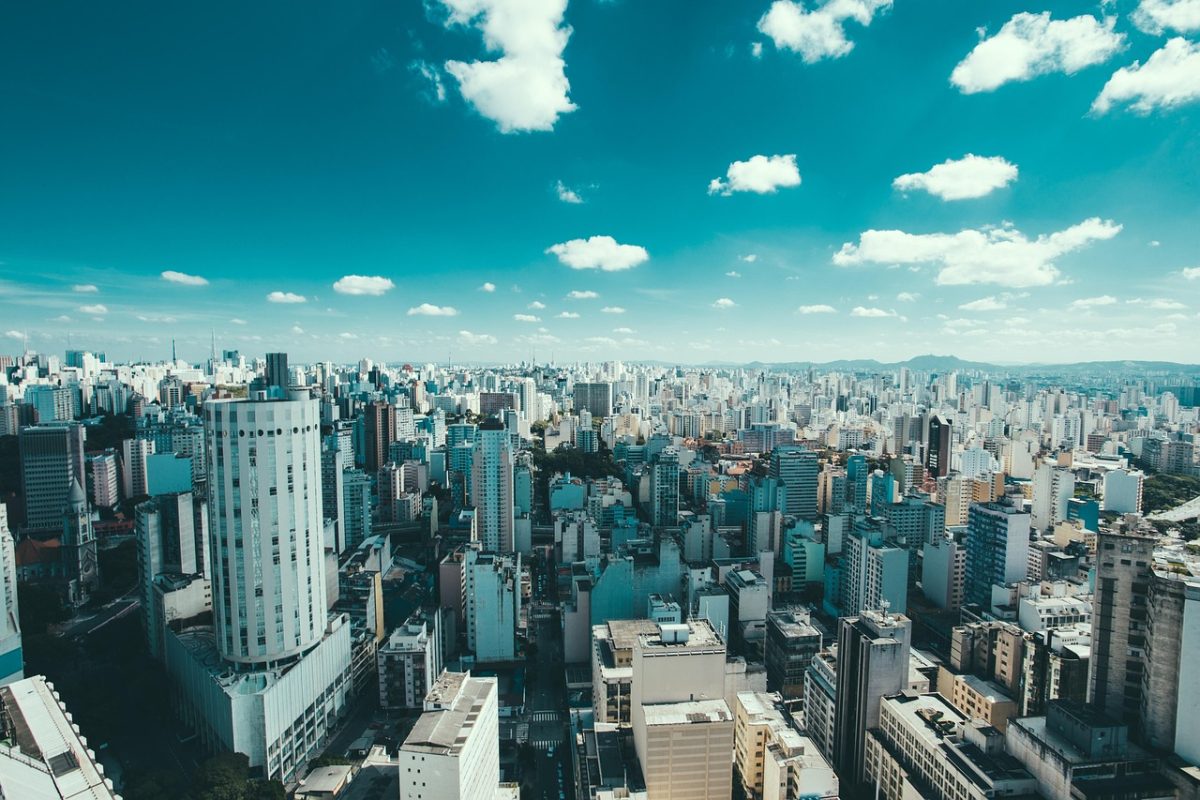


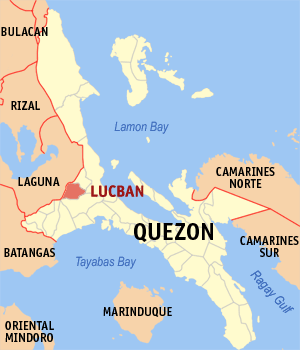




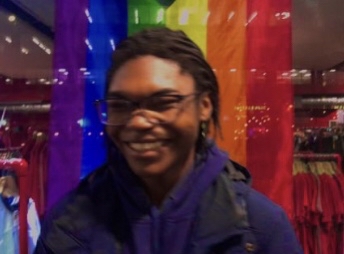

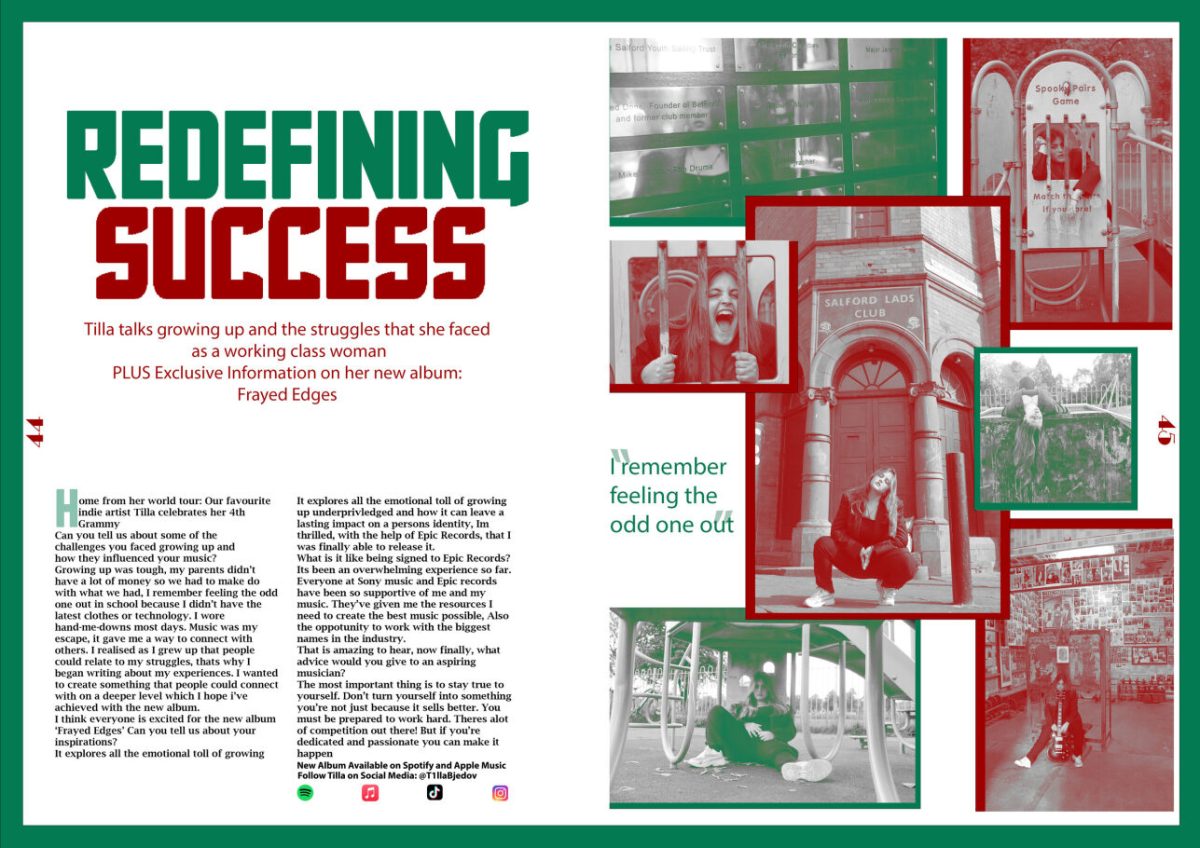
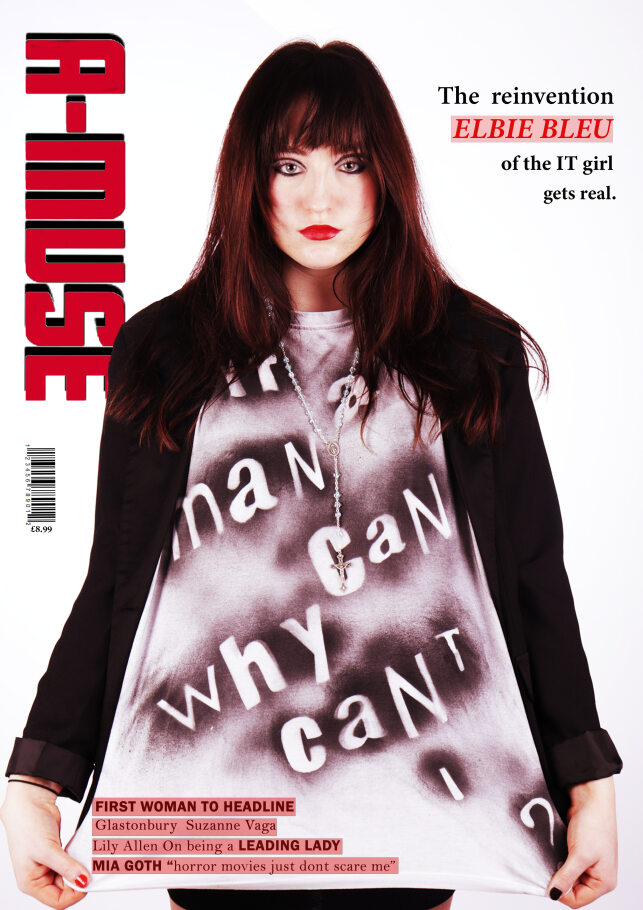

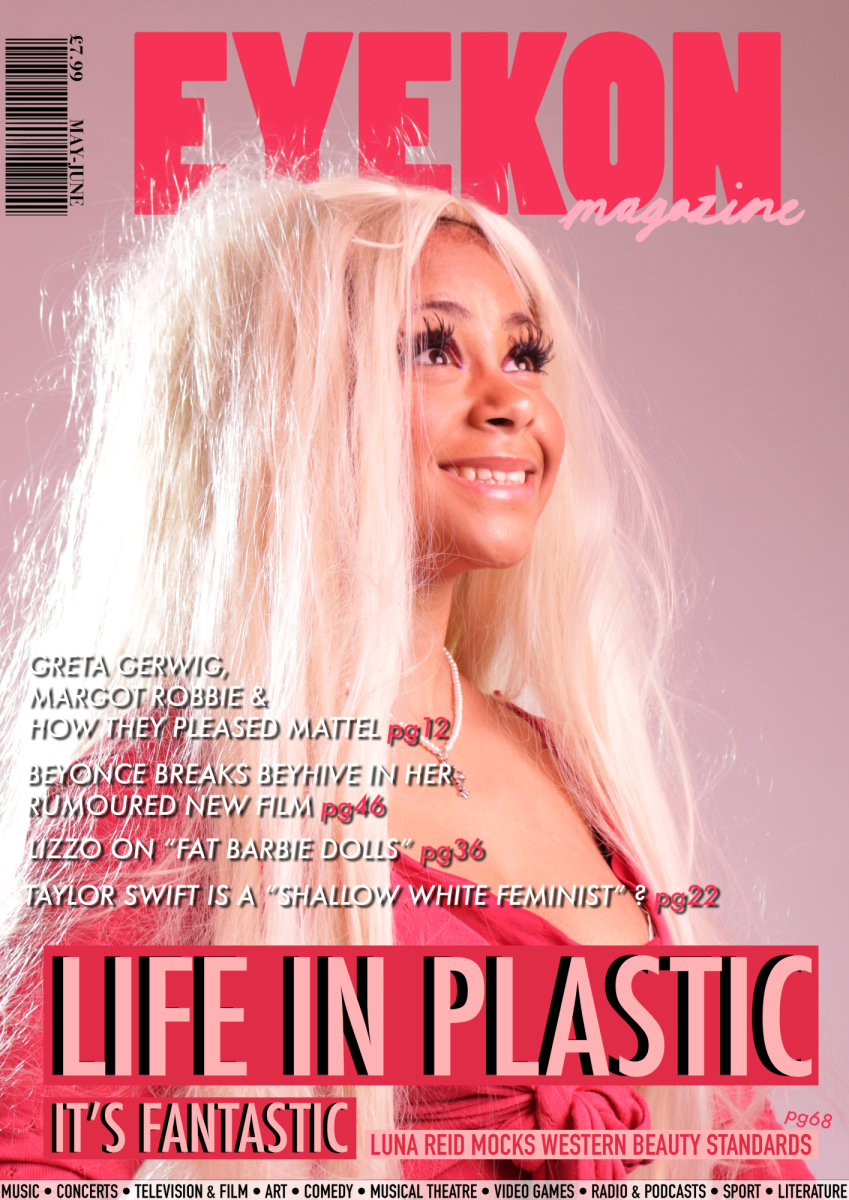




Chloe • Jun 24, 2025 at 7:34 am
Really enjoyed this article – it was eye opening and very interesting.
Aoife Geogheghan • Apr 2, 2025 at 6:41 am
This article was incredibly well-written, providing not only a balanced insight into the topic, but most importantly a solution. It left me with much to think about! 🙂
Ace Renshaw • Apr 2, 2025 at 6:40 am
Some shocking – but well researched – statistics. Very engaging and informative.
S. Abbott • Mar 26, 2025 at 10:16 am
I have never copied the catwalk and saved so much money as well as the climate. I’m sure it’s a person’s character that gets noticed rather than their outfits. Thanks for your well-written and informative article.